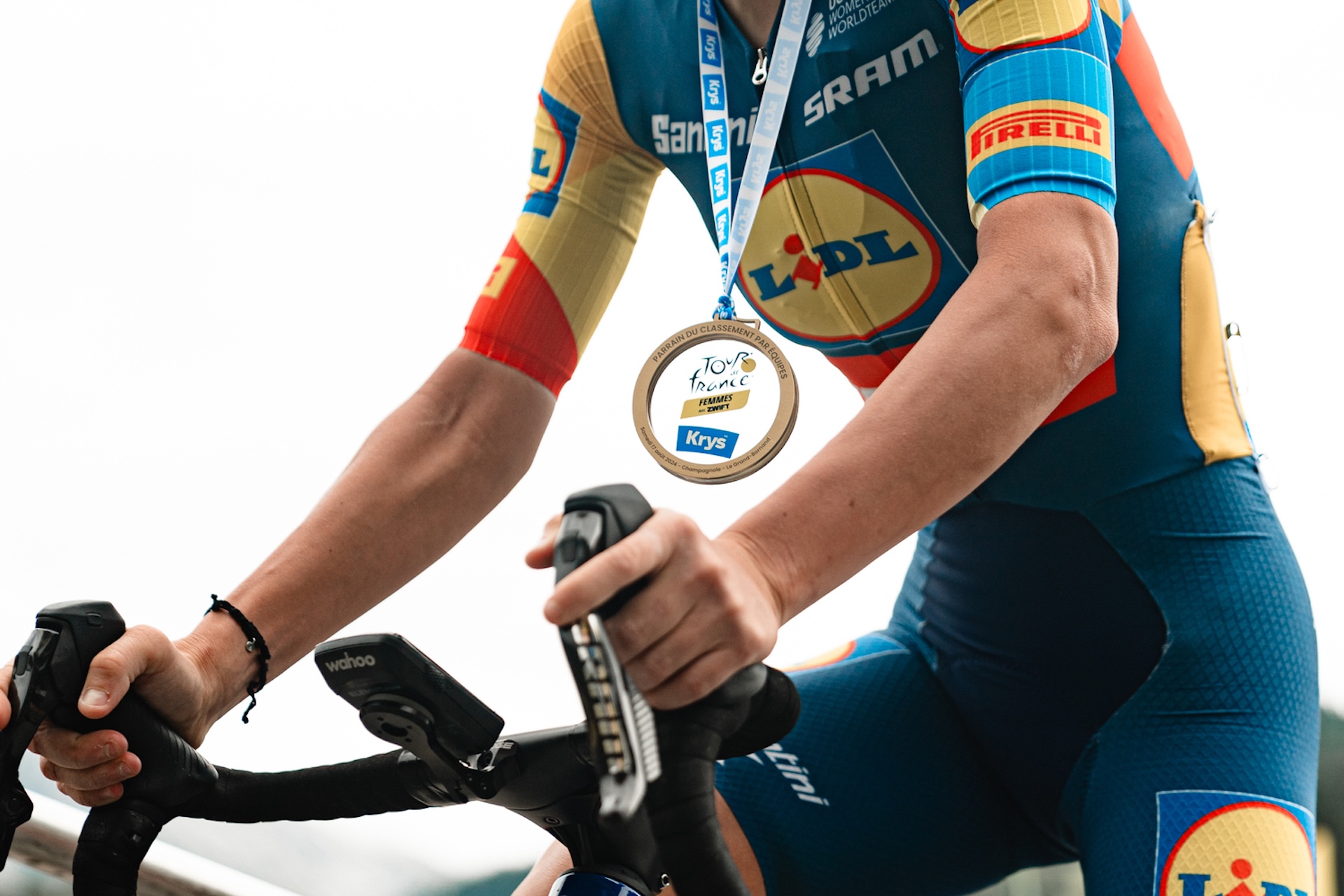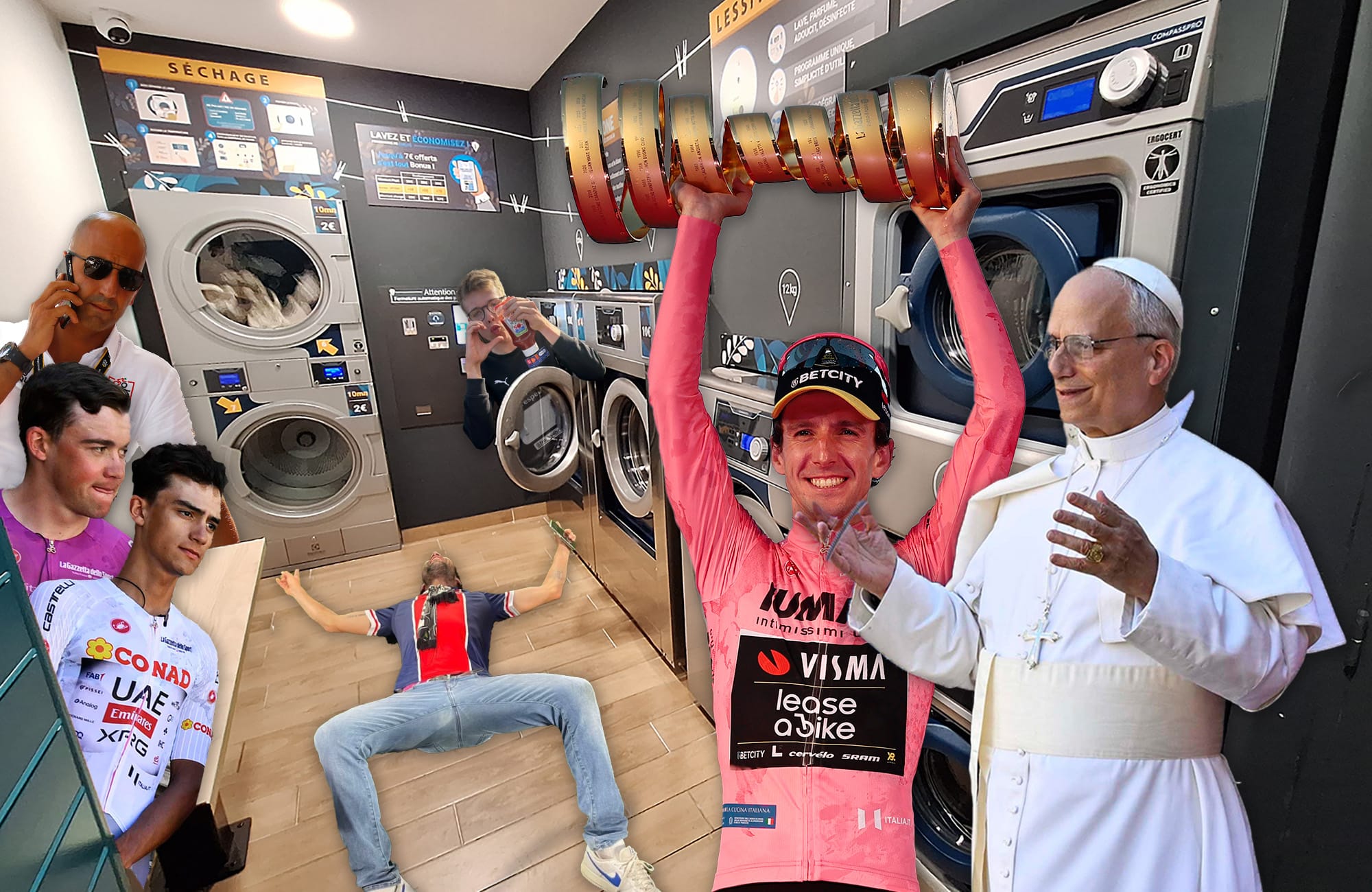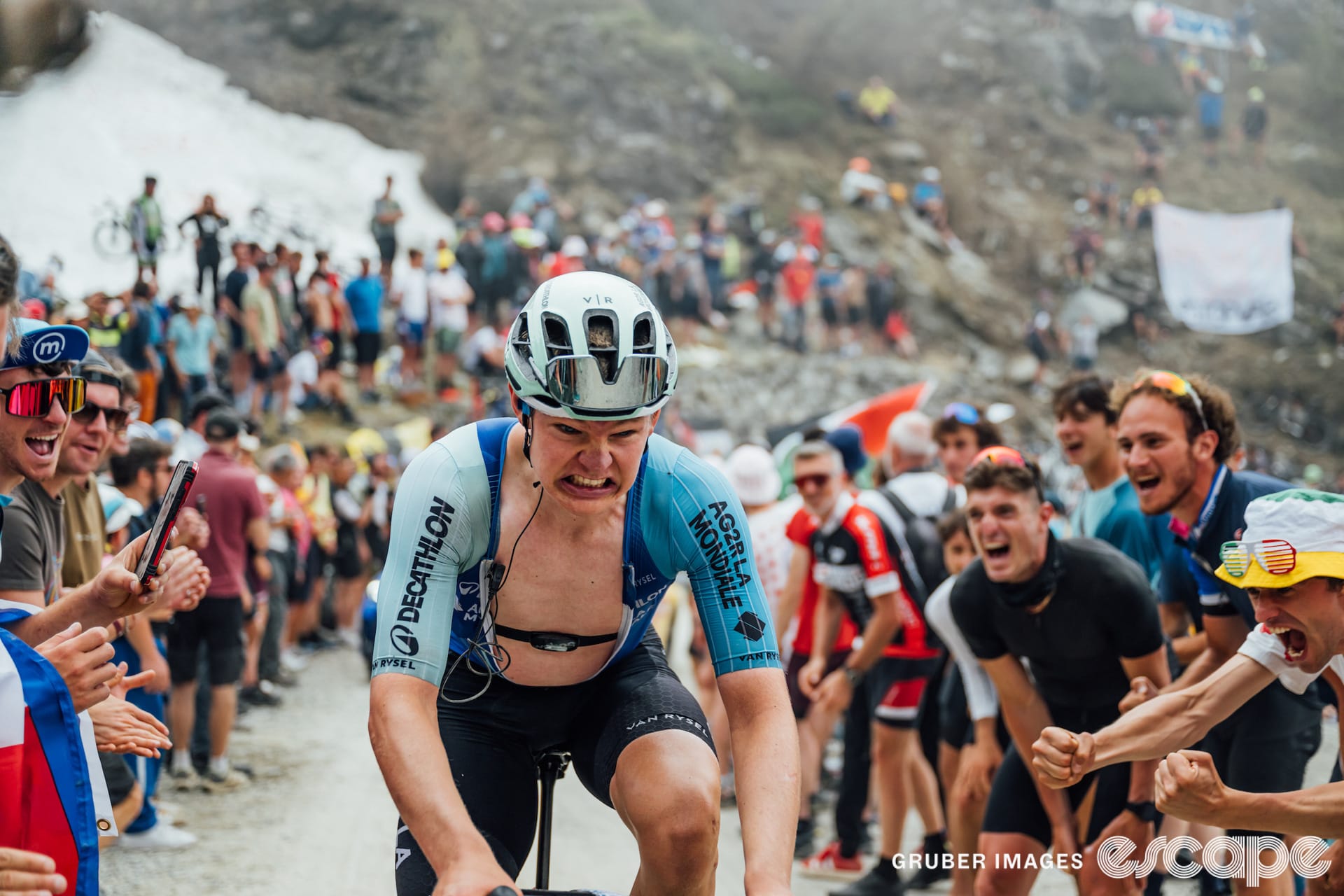The numbers don't lie – women's cycling is on the rise. Viewing figures for races like the Tour de France Femmes avec Zwift and Paris-Roubaix Femmes avec Zwift prove that the appetite is there, as does Nike's recent involvement in FDJ-Suez.
It's not just cycling that is experiencing this surge in attention. North America has seen success with the PWHL - the Professional Women's Hockey League - and plans for a new Women's Pro Baseball League were announced early in 2025 to the joy of League of Their Own fans everywhere. Only last week, Women's Elite Rugby, a new rugby league in the United States, announced the names and logos for their inaugural six teams, and last year Caitlin Clark transformed women's basketball.
2024 was an excellent year for women's sports. For the first time in history, the Olympic Games reached gender equality with a 50:50 representation of athletes. The Paris Games ushered in a new era for women in various sports – take Ilona Maher and Women's Sevens Rugby, for example. That momentum is continuing in 2025. In basketball, for example, the new Unrivaled league is turning heads in its first season with an innovative 3-on-3 format, top WNBA talent like Breanna Stewart, Angel Reese and Aliyah Boston, and investment from a slew of top athletes (Carmelo Anthony, Coco Gauff) and brands.
According to a recent report by Deloitte, the appetite for women's sports will only continue to expand in the new year. But despite the rapid growth and outliers like Unrivaled, brands are still hesitant to invest in the new feminine phenomenon. The only way to keep this momentum going is to keep investment coming in.
"By looking at women’s sports as the unique entity it is, significant opportunities are ready for the taking," Lara Abrash, chair of Deloitte US, wrote in the study's intro. "With the right data, metrics, key players, and game plan, we can overcome investment barriers in women’s sports the way women have long approached any obstacle: we can go around, break through, and rise above."
According to Abrash, investing in women's sports is not just good for women but also a good business decision.
Women's sports attracts a unique audience in unique ways
Deloitte's study focused on women's sports in the United States via an online survey that was sent to decision-makers working for brands that have invested in sports. Data was collected throughout the summer of 2024, from June to August, covering the Paris Olympics and more.
Not only did the study highlight some of the major hesitations for brands when it comes to investing in women's sports, it also pinpointed the key differences between fans of men's sports versus women's sports and how brands should focus on women's sports fans differently. The study was done in collaboration with Wasserman's The Collective, a women-focused business advisory branch of the major sports and entertainment agency whose goal is to drive investment in women's sports.
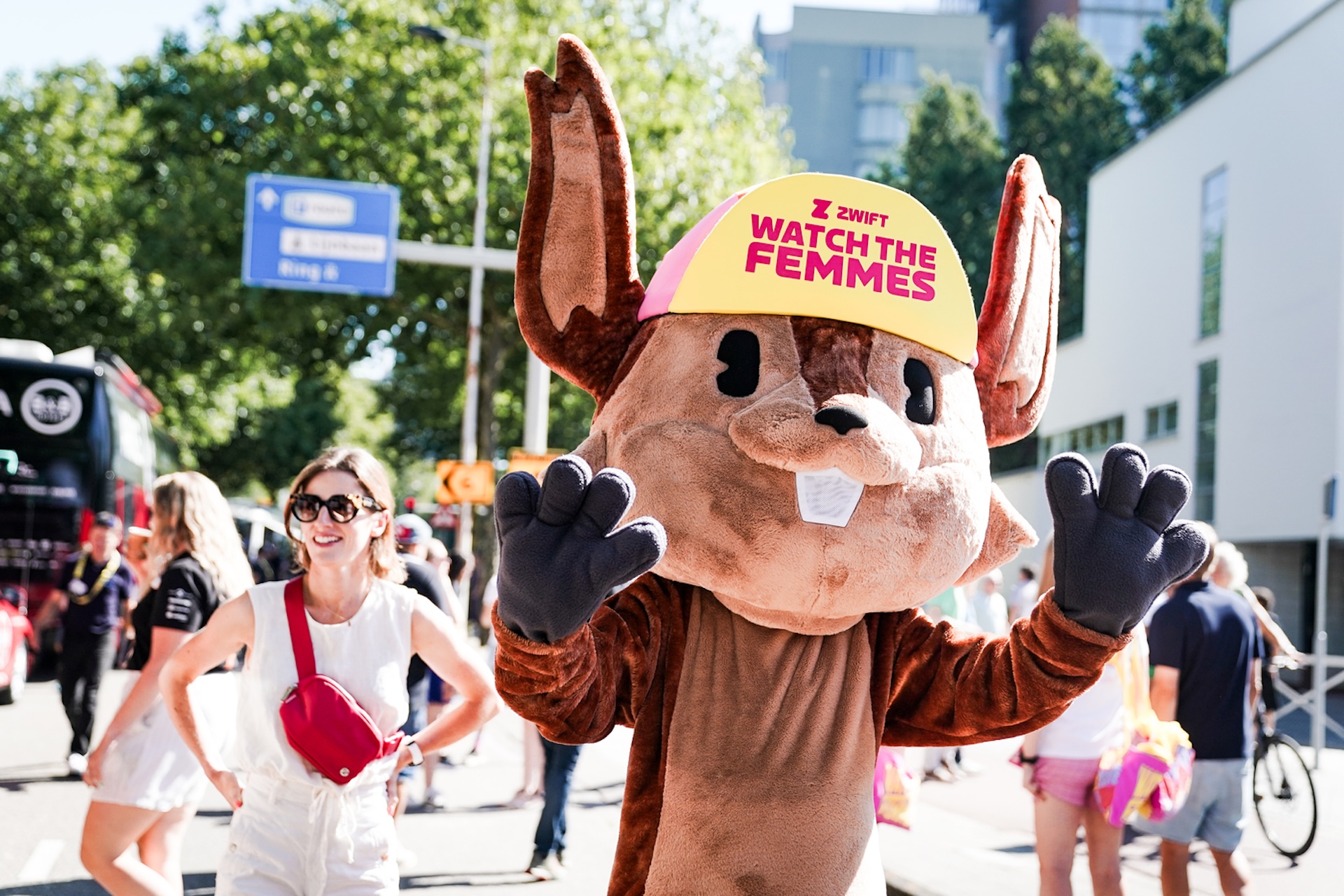
In terms of actual dollar figures, the study points to a few women's specific leagues that saw major investment in media rights for the future. One of these is the National Women's Soccer League, or NWSL, which will bring in $240 million through 2027. This increases annual NWSL media rights from $1.5 million to $60 million. Another sport the authors point to is the WNBA, which saw ticket sales double from 2023 to 2024. WNBA ticket sales increased by 41x from 2018 to 2024.
Basketball also saw increased interest on the collegiate side, with the NCAA inking an eight-year broadcast deal with ESPN worth $920 million - $115 million annually, triple from the previous year. The new rights deal comes in the wake of the "Caitlin Clark Effect" and will focus on the Division I women's basketball tournament. Overall, the women's sports merchandise industry was valued at $4 billion in 2024.
A previous study conducted in 2023 by Wasserman's The Collective found that if growth continues at the rate it has been since 2019, women will occupy 20% of coverage by 2025, up from only 3-5.5% prior to 2019. That increase is largely due to digital media and streaming. This is something seen firsthand in women's cycling, with the UCI's mandate that WorldTour events provide at least 45 minutes of live coverage. The growth of women's cycling since 2021 can be attributed to the ability to watch the sport live. Prior to 2020, races were largely only available in the format of a post-race recap on YouTube, with only a few races willing to invest money on live coverage.
That said, there are some crucial differences in women's sport. According to the recent study, fans of women's sports don't necessarily watch a full game, but rather engage with leagues, teams and athletes via social media. They found that 72% of women's sports fans are interested in the lives of athletes outside of sport and that female athletes drive twice the engagement – with fewer followers – than their male counterparts. Social media engagement is a bigger factor for women's sports than for men.
The 2024 Tour de France Femmes provided at least two and a half hours of coverage for each stage, with the first two stages shown from start to finish. It was broadcast to 190 countries on 24 channels. In France alone, about 3.5 million people tuned in to watch the final Alpe d'Huez stage, a thrilling battle where Demi Vollering claimed a stage victory but Kasia Niewiadoma narrowly held onto the overall lead by four seconds. Viewership in France reportedly dropped slightly from 2023 to 2024, but grew 20% in Belgium and 40% in the Netherlands.
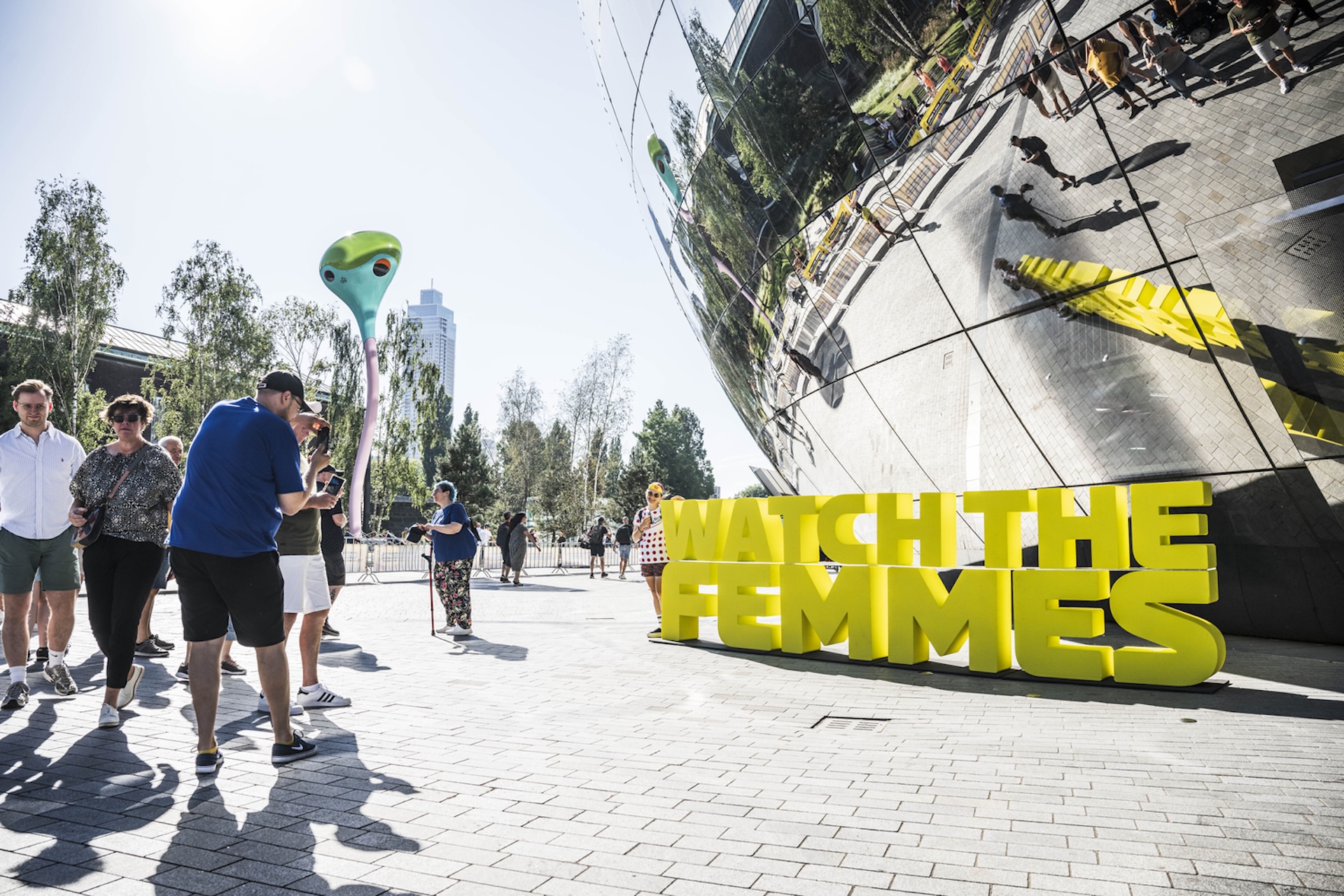
In terms of social media engagement, the Tour's own accounts, across all platforms combined, grew their follower counts by 39% from 2023. Total impressions is a fuzzier category, but the ASO claimed a whopping 257% increase from 2023. That's in keeping with the study insights about social engagement leading women's sports coverage.
Wasserman's Collective found that female athletes at the Paris Olympics, which took place just before the Tour de France Femmes, had a 53% higher media engagement rate across TikTok and Instagram despite receiving only 43% of the TV and streaming coverage that male athletes did. The three top drivers of engagement were all women: Simone Biles (gymnastics), Ilona Maher (Rugby Sevens), and Suni Lee (gymnastics). Biles left the Games with 72.4 million followers across all social platforms, Maher with 56.3 million, and Lee with 35.1 million.
Still a ways to go
Despite some promising numbers regarding the growth of coverage and interest, there is still a lot of hesitation among brands when it comes to investing in women's sports. Wasserman's Collective found that less than 10% of brands' total sports media investment goes towards women's sports and over 70% of decision-makers working for brands not currently active in the women's sport landscape have faced resistance when trying to pitch more investment.
The study highlights three major hesitations for brands when it comes to investing in women's sports. First, a lack of understanding when it comes to the audience. Second, worry regarding sufficient engagement for money. And third, return on investment.
Understanding the audience that gravitates to women's sports is key when it comes to brands targeting the right people, which ties into the other two hesitations brands have. When looking at women's cycling specifically, the goal shouldn't be to convert men's cycling fans to fans of the women's peloton but to try to target fans of other women's sports. Tobin Heath, one of the top footballers in the world, highlighted the importance of breaking into other sporting markets to gain fans when she spoke with Escape Collective in 2024.
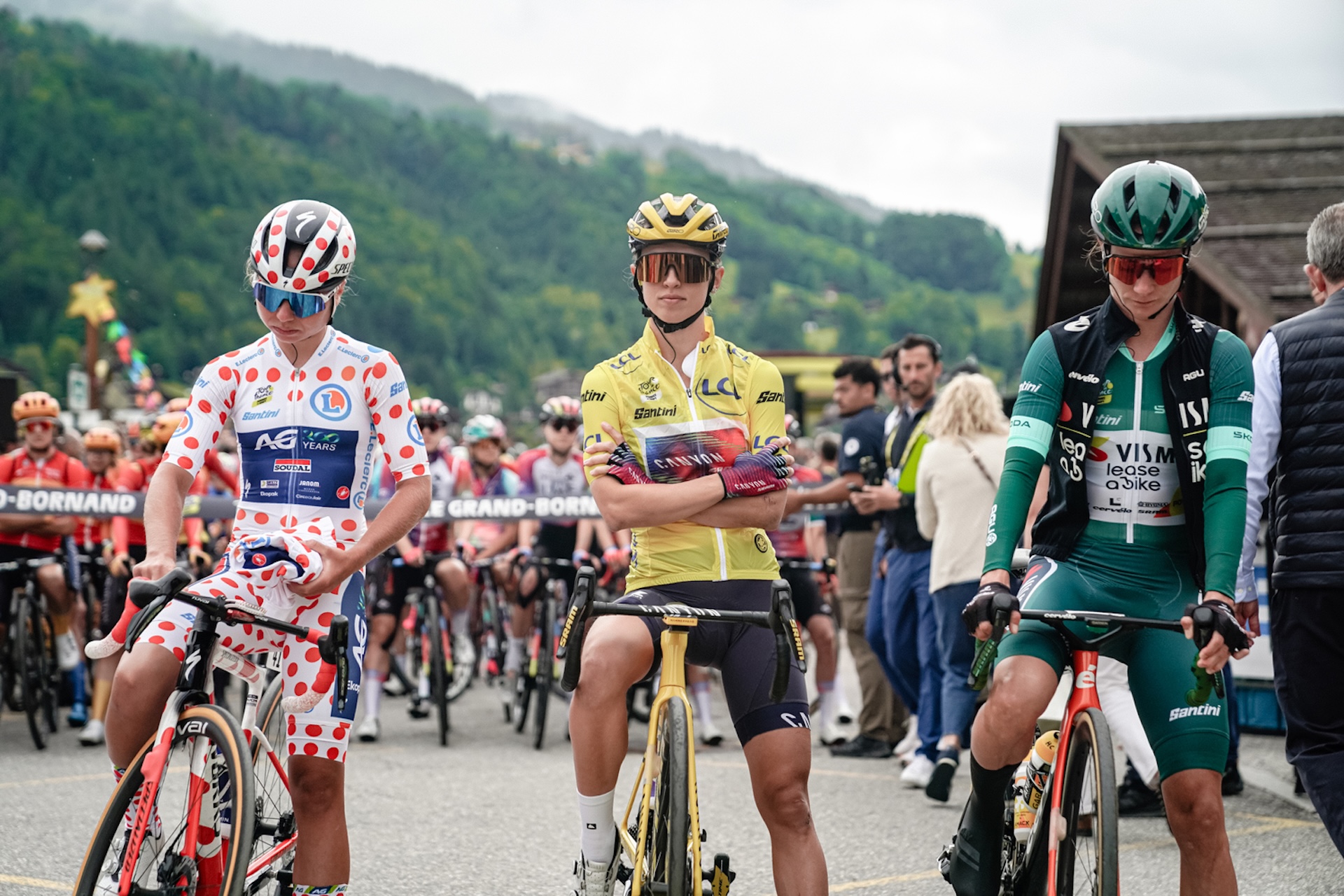
"The success of women’s sports has long been compared to that of men’s, but from athletes to fandoms to media coverage—they aren’t the same," Abrash pointed out in the Deloitte study.
While understanding the audience is important, it's also important to measure the metric of success specifically for women's sports versus men's when it comes to return on investment and engagement. Since women's sports fans engage with athletes and events differently, metrics used to measure successful return on investment cannot be the same, and risk undervaluing women's sports.
Comparing the two is dangerous on multiple levels. There are pitfalls in men's cycling that could impede the delicate growth we've seen in women's cycling in recent years: reliance on Tour de France participation for sponsors, for example. Men's WorldTeams have almost collapsed at the risk of not receiving an invite to the Tour de France. The race itself is bigger than the sport of cycling, and some would argue men's cycling suffers because of it. As women's cycling continues its progression, it would do well not to follow in the footsteps of the men's peloton.
There are certainly benefits to the two sides of the sport being linked. For example, Flanders Classics, which organises most of the big Cobbled Classics of the spring, make sure the women have their time in the spotlight and have worked hard for parity across both genders. Some fantastic teams that started as men's only outfits and expanded to include women have changed the game, for example, Lidl-Trek and what they've done for new mothers in the sport. But the top two teams in women's cycling are still standalone squads: SD Worx-Protime and Canyon-SRAM Zondacrypto. Races like the Tour de France Femmes and Paris-Roubaix, although made famous by the men's edition, have seen success separating themselves from the men's events. Looking beyond logistics, women also race their bikes differently. The races are shorter and thus more explosive, less predictable and, oftentimes, more dynamic and exciting.
Women's cycling is not men's cycling, and the two fan bases are not the same. There is crossover, sure, but looking towards the future, it's other women's sports markets that cycling needs to target if the sport is going to pick up more followers. If those fans of men's cycling haven't jumped on the train by now, they likely aren't going to. But that's ok because, according to Deloitte's study, the target audience for women's sports and men's is not the same demographic to begin with.
The women's sports audience is gold for brands
So, what makes the target audience for women's sports different from men's? Research shows fans of women's sports are typically a highly valuable and engaged target group. About 30% of women's sports fans earn over US$100,000 per year, 55% have at least a four-year undergraduate degree, and 73% are aged 18-44. These statistics indicate that fans of female athletics are educated with stable careers; their income, education, and age all identify them as a prime demographic brands want to reach.
This makes even more sense when you factor in that 45% of women's sports fans are more willing to consider purchasing products from brands that sponsor women's sports or athletes. Additionally, 54% of women's sports fans are more aware of brands that sponsor the sport or athletes that they follow. People who follow women's sports are more than twice as likely to buy a product endorsed by a female athlete compared to any other type of influencer.
The Deloitte study pointed to three brands specifically that invested in the US Women's National Team in soccer (football), the NWSL, and the WNBA.
Visa, which invested in the US Women's National Team, saw a 2,700% increase with immediate engagement and spending. Budweiser, which invested in the NWSL, saw a 1,075% rise and Nike, which supports the USWNT, NWSL and the WNBA reported an 1,100% engagement increase.
Looking specifically at single-athlete sponsorship, New Balance's partnership with tennis sensation Coco Gauff through their G1 shoe collaboration led to 23% year-over-year revenue growth.
In the survey, 80% of brand decision-makers increased their investment in women's sports over the past five years due to the positive impact on the brand. According to the report, 29% of consumers are more attracted to brands that sponsor women's sports, compared to 17% on the men's side.
What does this mean for cycling?
"Women's sports are so hot right now, and women's cycling might be the hottest," contended Kate Veronneau, direct of women's strategy at Zwift. For Zwift, investing in women's sports is part of the company's mission, says Veronneau. But even for brands with a more calculated approach, she thinks it's not something they should ignore. "It's the opportunity for brands now investing to get exposure to the this incredibly growing audience, and most importantly, it's the opportunity to get in early," she said.
Veronneau said Zwift has seen firsthand the kind of return that women's sports can offer. "Across the digital space, social media has been a huge driver of ROI for the race, because of the exponential growth on all the accounts around the race, of all the fan engagement of the team and sponsor content," she said. Women athletes, she adds, "are incredible at connecting with audiences. There's so much personality and authenticity. They make incredible ambassadors."
Zwift's traffic, subscription sales and hardware sales have all seen significant growth thanks to its sponsorship, Veronneau said. "I can't tell you how many people stop me and say, 'I keep my Zwift through the summer because you guys sponsor the Tour. Keep doing what you're doing. I love it. I love Zwift.' So you can't always put a price tag on that, but it's incredibly valuable."
Cassondra Spring, global brand leader for Liv Cycling, concurs. "Drawing a line between our team investments and sales isn't straightforward, but what we do know is that our community is highly engaged in content from our respective teams and athlete stories on social media," she said. "It's been really exciting to watch that grow expansively in the past few years, and we're really excited about everything that's going to come next."
But for these and other investors in women's racing, there's also something deeper at work: a sense of being an integral part of creating a space for women in the sport and bringing about long-overdue change. "I think return on investment goes beyond dollars," Spring said. "It's seeing the success and growth of women and girls in the industry and inspiring future ones.
"Sponsorship women's professional racing teams allows us to elevate extraordinary athletes whose success serves as inspiration everywhere," she continued, which expands opportunities and removes barriers for women in cycling.
There is, of course, a lot of work yet to be done. But Veronneau and Spring would welcome more competition in the sponsorship space, because they don't see it as competition, per se. Spring said she thinks women's cycling, among other sports, is experiencing "extraordinary momentum that is unlimited in its potential." Which means for brands that are on the fence, now is still a great time to get involved. "Don't wait another minute!" said Spring.
Whether brands engage out of their core values or not, there's plenty of data to support getting involved, said Veronneau. But that opportunity to get in early won't last forever. For brands that are thinking about sponsorship, "you better get moving," she warns, "or you'll miss the boat."
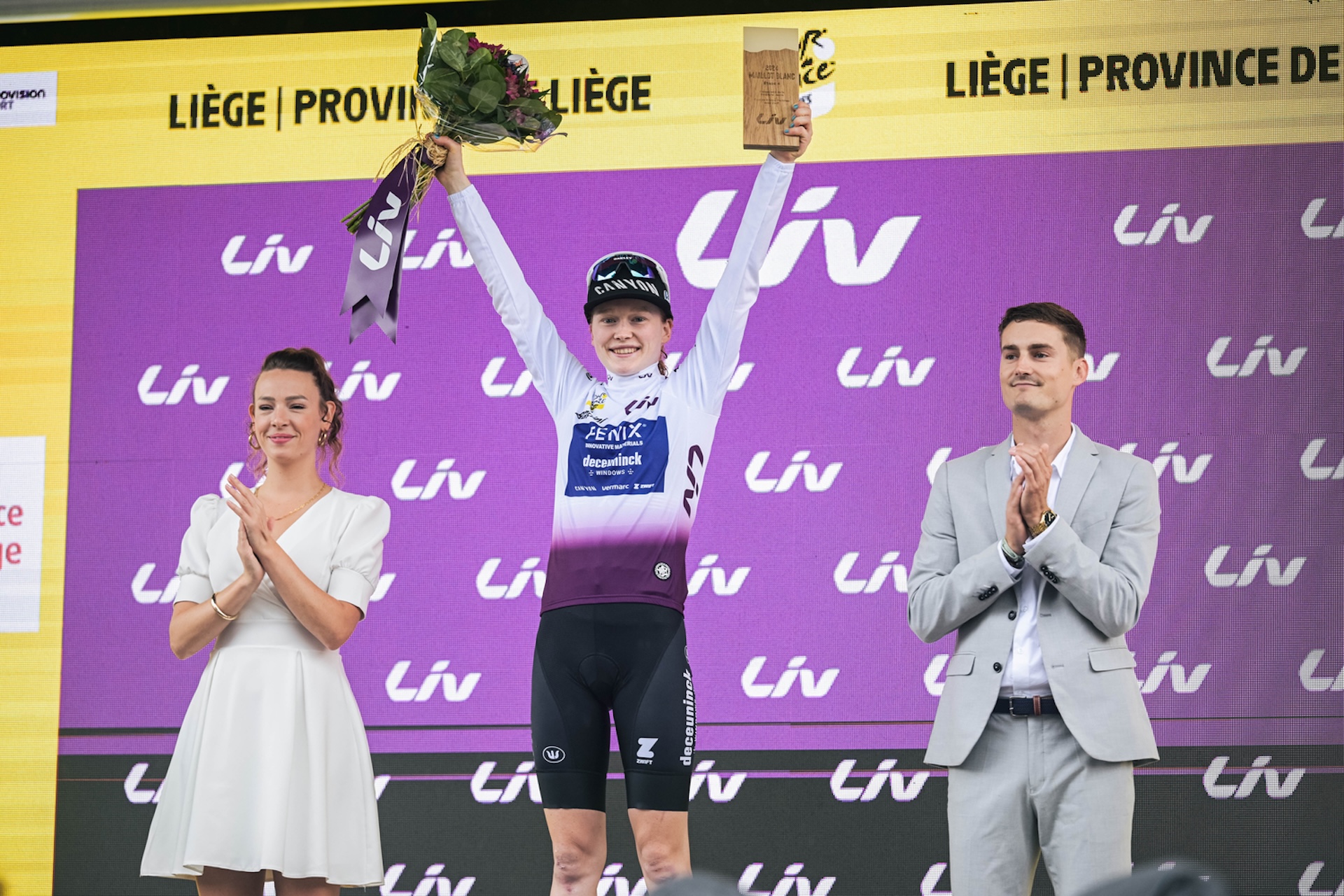
Did we do a good job with this story?

